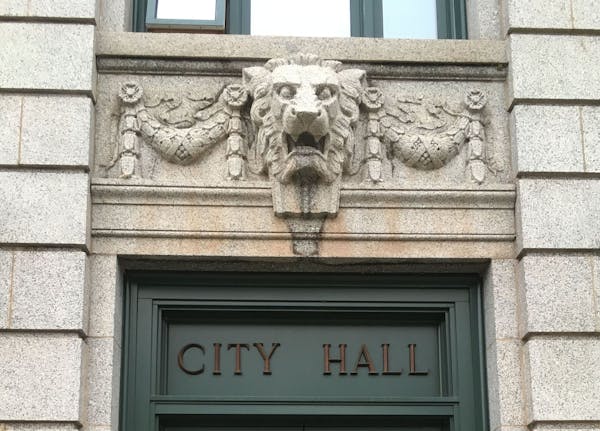A road trip is in Scott McBride's plans for Memorial Day weekend, and he can't wait.
Some 37 million Americans, many of them vaccinated and weary of being cooped up as the COVID-19 pandemic ebbs, are taking to the roads, rails and skies this holiday weekend — the unofficial start of summer.
The fully vaccinated McBride is driving to Decatur, Ill., to visit his parents (also vaccinated) for the first time since the COVID outbreak struck. "It's a slice of freedom we haven't had in some time," he said.
In the seven-state Midwestern region, which includes Minnesota, nearly 3 million people will travel 50 miles or more between Thursday and Monday, a 56% surge over last year, according to AAA. "We are seeing an increased desire for travel as consumers grow more comfortable with the vaccine, both in its large-scale rollout and in the protection it provides individually," said Meredith Mitts, public affairs specialist for AAA.
About 34 million Americans are expected to pack up the car and hit the road, AAA said. The average price of gas is $3 a gallon nationally, the highest since 2014, though Midwest prices are somewhat lower. The average price of gas Wednesday in Minnesota was $2.83 a gallon.
While the Centers for Disease Control and Prevention says fully vaccinated people can travel at low risk to themselves, AAA notes that a patchwork of state and local travel restrictions could confuse travelers.
And if you're traveling within Minnesota, the state Department of Transportation advises road trippers to consult its 511 website for updates on lane closures and detours associated with summer road construction, like the Interstate 35 bottleneck in Duluth.
Many Minnesotans appear to be headed to state parks this weekend. Nearly 93% of campsites, lodgings and cabins available through the Department of Natural Resources are booked for Memorial Day weekend, according to spokeswoman Rachel Hopper.
The popularity of those sites grew by 25% between 2004 and 2019, she said. But as the outbreak raged last year, annual bookings increased by 25% in 2020 alone.
People want to "relieve stress and reconnect with nature," Hopper said.
At Minneapolis-St. Paul International Airport, air travel has already begun to bounce back after the usual decline following spring break.
"We are seeing the impacts of the COVID-19 pandemic begin to unwind with increased vaccination rates, fewer domestic travel restrictions and growing confidence in the safety of air travel," said Brian Ryks, CEO of the Metropolitan Airports Commission (MAC), which operates MSP.
"In response to pent-up demand," he added, "airlines are significantly expanding service domestically this summer, with a particular focus on vacation destinations."
In the past two weeks, at least 22,000 passengers have been screened daily at MSP, levels not seen since the last week of March, according to the MAC.
While that's still below pre-pandemic highs, airport officials are heartened by the trend.
MSP has a mix of returning flights and new destinations that will lead to a pandemic-era high of 185 routes by the third week of June. In addition, activity at MSP will jump to 404 average daily departures in June, compared with 139 a year ago.
International service is slower to return, but service to several foreign cities — including Reykjavik, Paris, Frankfurt and London — will resume this summer.
MAC officials caution that federal regulations still require people to mask up in the airport and on aircraft.
"For many people who haven't flown for the last year, [masks] may be the only real, noticeable change they'll see," said Kyle Potter, editor of the Thrifty Traveler website. "Unfortunately, the days of empty flights are over. In fact, it's just the opposite — if you're flying domestically, you should assume your flight will be full."
Potter questions whether airports and airlines are equipped to handle the surge after downsizing during the pandemic. He predicts longer lines to check in, drop off baggage and move through security checkpoints.
At MSP, peak times at security checkpoints are 6 to 9:30 a.m. and 1 to 3 p.m., said TSA spokeswoman Lorie Dankers, who advised arriving at the airport two hours early for domestic flights.

Fall or spring, it's Rochester Mayo's year in prep tennis

Minneapolis reaches $150k settlement with eyewitness of George Floyd's murder

Israel-Hamas war creates 'really fraught times' at Minn. colleges

Rare and fatal brain disease in two deer hunters heightens concerns about CWD

